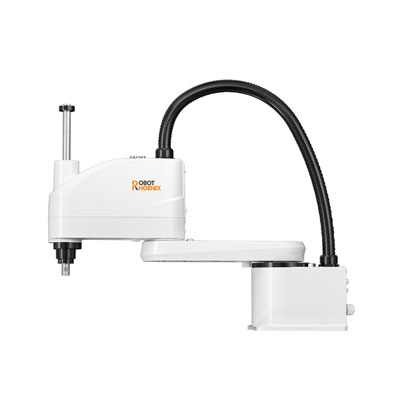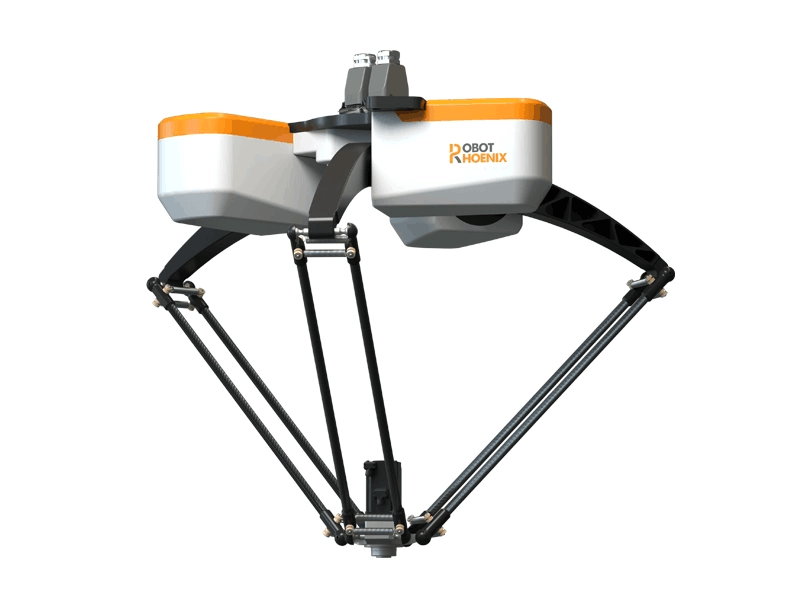The evolution of industrial robot control systems has been a journey marked by transformative innovations, shifting the paradigm from traditional programming methods to the era of autonomy. This passage explores the key milestones in this evolution, highlighting the remarkable strides made in making industrial robots more intelligent, adaptable, and capable of autonomous decision-making.
Traditional Programming Paradigms: The Genesis of Industrial Robotics
Code-Based Commands
In the early stages of industrial robotics, control systems relied heavily on code-based programming paradigms. Engineers meticulously wrote code to instruct robots on specific tasks, detailing every movement, action, and decision the robot was expected to make. While effective, this method required a high level of programming expertise, limiting the accessibility of robotics technology to those with specialized skills. The rigid nature of this programming approach also made it challenging to adapt robots to evolving tasks and dynamic manufacturing environments.
Structured Programming Languages
The introduction of structured programming languages represented a step forward in simplifying the programming process for industrial robots. It allowed for a more organized and modular approach to coding, making it easier to understand, troubleshoot, and modify robotic instructions. Despite these improvements, the fundamental paradigm of explicit instruction remained, requiring precise programming for every conceivable scenario the robot might encounter.
Towards Flexibility: Teach Pendant Programming
As the demand for greater flexibility and adaptability in industrial robotics grew, the industry introduced teach pendant programming. This method allowed operators to physically guide the robot through its intended motions, effectively "teaching" it the desired task. While a significant improvement in terms of user-friendliness, teach pendant programming still required explicit human intervention for each task, limiting the potential for true autonomy.
The Emergence of Sensor Technologies: Enabling Autonomy
Integration of Vision Systems
The turning point in the evolution of industrial robot control systems came with the integration of advanced sensor technologies, particularly vision systems. These systems equipped robots with the ability to "see" and interpret their environment, paving the way for greater autonomy. Vision-guided control allowed robots to adapt their actions based on real-time feedback, enabling them to identify and respond to variations in the production environment.
Force and Tactile Sensors
The evolution towards autonomy continued with the integration of force and tactile sensors. These sensors provided robots with a sense of touch, allowing them to interact delicately with objects and respond to changes in resistance. This tactile feedback enabled robots to perform tasks that required a more nuanced understanding of their surroundings, such as handling fragile objects or collaborating with human operators.
Machine Learning and Adaptive Intelligence: The Era of Autonomous Decision-Making
Learning from Experience
The true shift towards autonomy in industrial robot control systems came with the incorporation of machine learning and adaptive intelligence. Robots evolved from following pre-programmed instructions to learning from experience. Through machine learning algorithms, robots could analyze data from their interactions, identify patterns, and continuously improve their performance over time. This adaptive learning capability enabled robots to autonomously optimize their actions, making them more responsive to changing conditions.
Autonomous Decision-Making
The latest frontier in the evolution of industrial robot control systems is characterized by autonomous decision-making. Advanced control systems, often powered by artificial intelligence (AI), enable robots to make real-time decisions based on their understanding of the environment. These systems can navigate unforeseen obstacles, adapt to variations in production processes, and collaborate with other robots and human operators seamlessly. The integration of AI-driven autonomy not only enhances efficiency but also positions industrial robots as intelligent, self-improving assets in the manufacturing landscape.
Challenges and Future Prospects: Navigating the Autonomous Horizon
As industrial robot control systems continue to evolve towards greater autonomy, challenges such as ensuring safety, cybersecurity, and ethical considerations come to the forefront. However, the prospects for the future are promising. The integration of advanced technologies, including the Internet of Things (IoT) and edge computing, holds the potential to create interconnected ecosystems where autonomous robots collaborate in real-time, transforming industrial processes and redefining the role of human operators.
In conclusion, the evolution of industrial robot control systems from traditional programming paradigms to autonomy is a testament to the relentless pursuit of efficiency and adaptability in manufacturing. As robots transition from being mere tools to intelligent and autonomous collaborators, the era of truly transformative industrial automation dawns, opening new horizons for innovation and efficiency in the manufacturing landscape.
 Learn More
Learn More 
 EN
EN  ja
ja  ko
ko  fr
fr  de
de  es
es  ru
ru  pt
pt  ar
ar  vi
vi  ur
ur 





